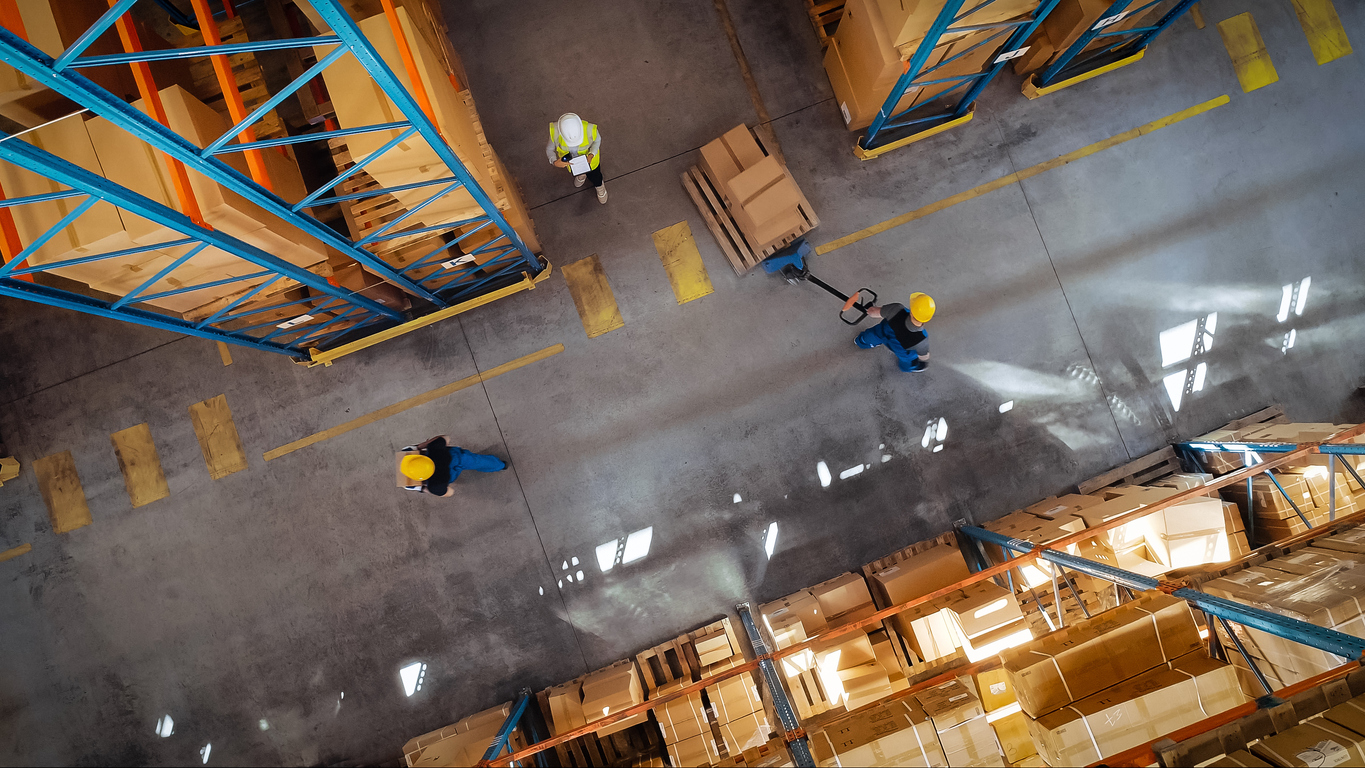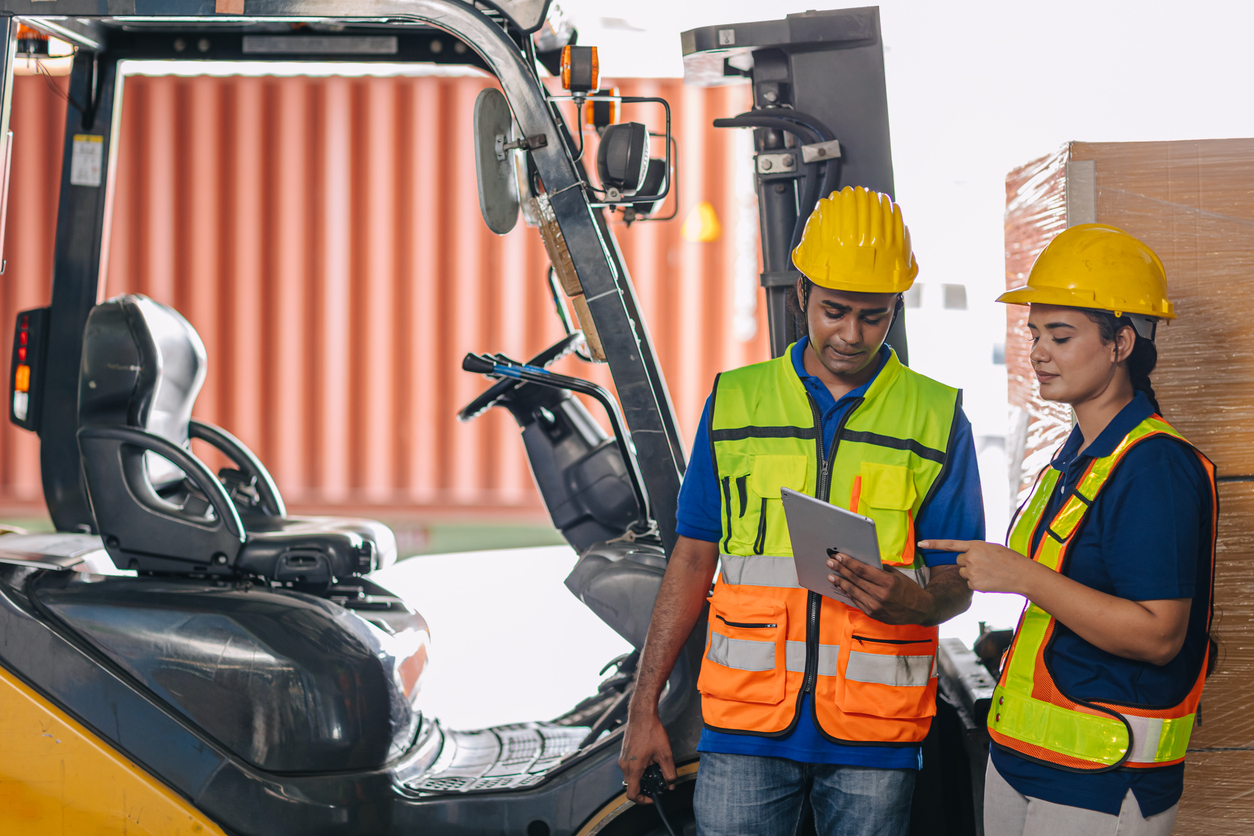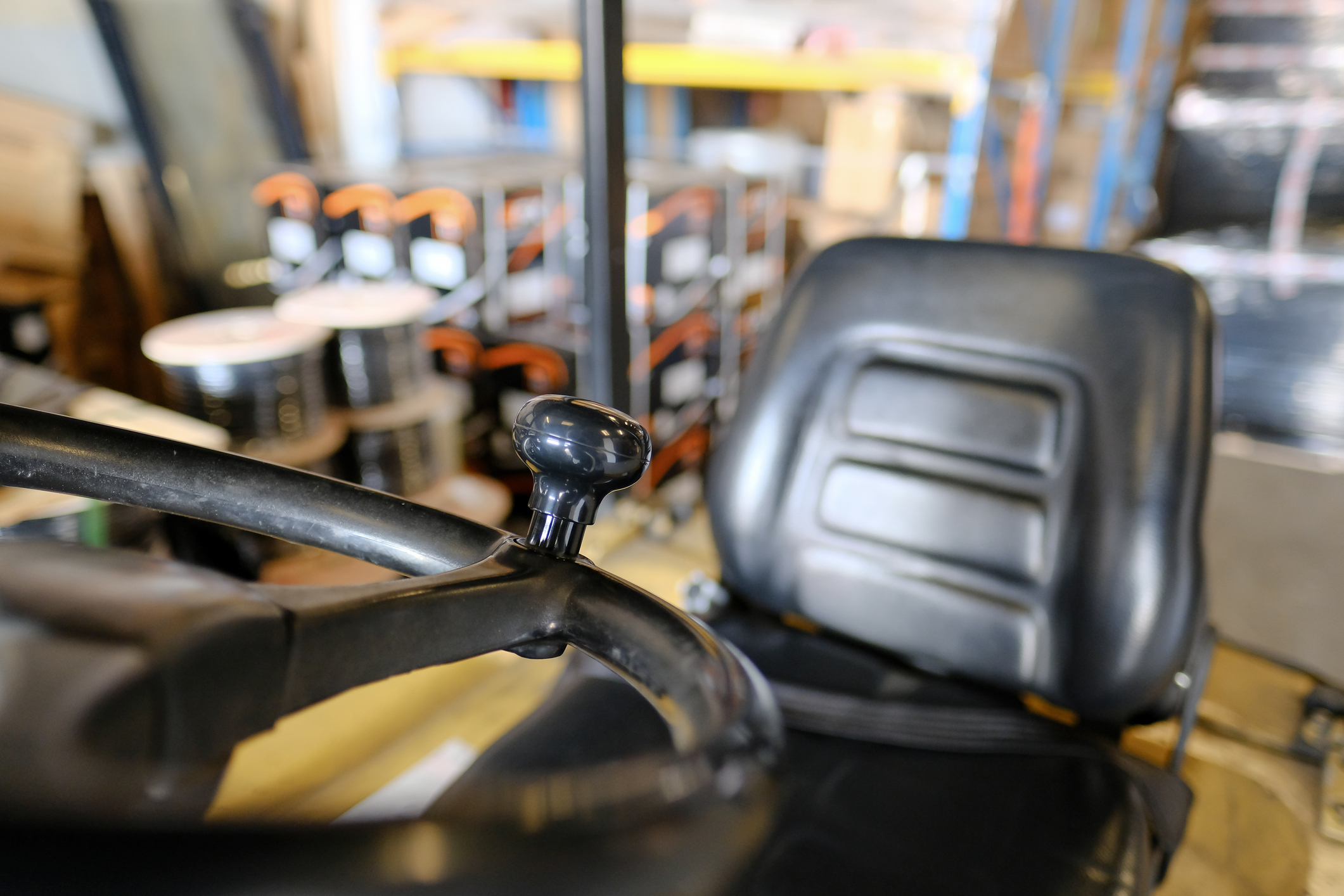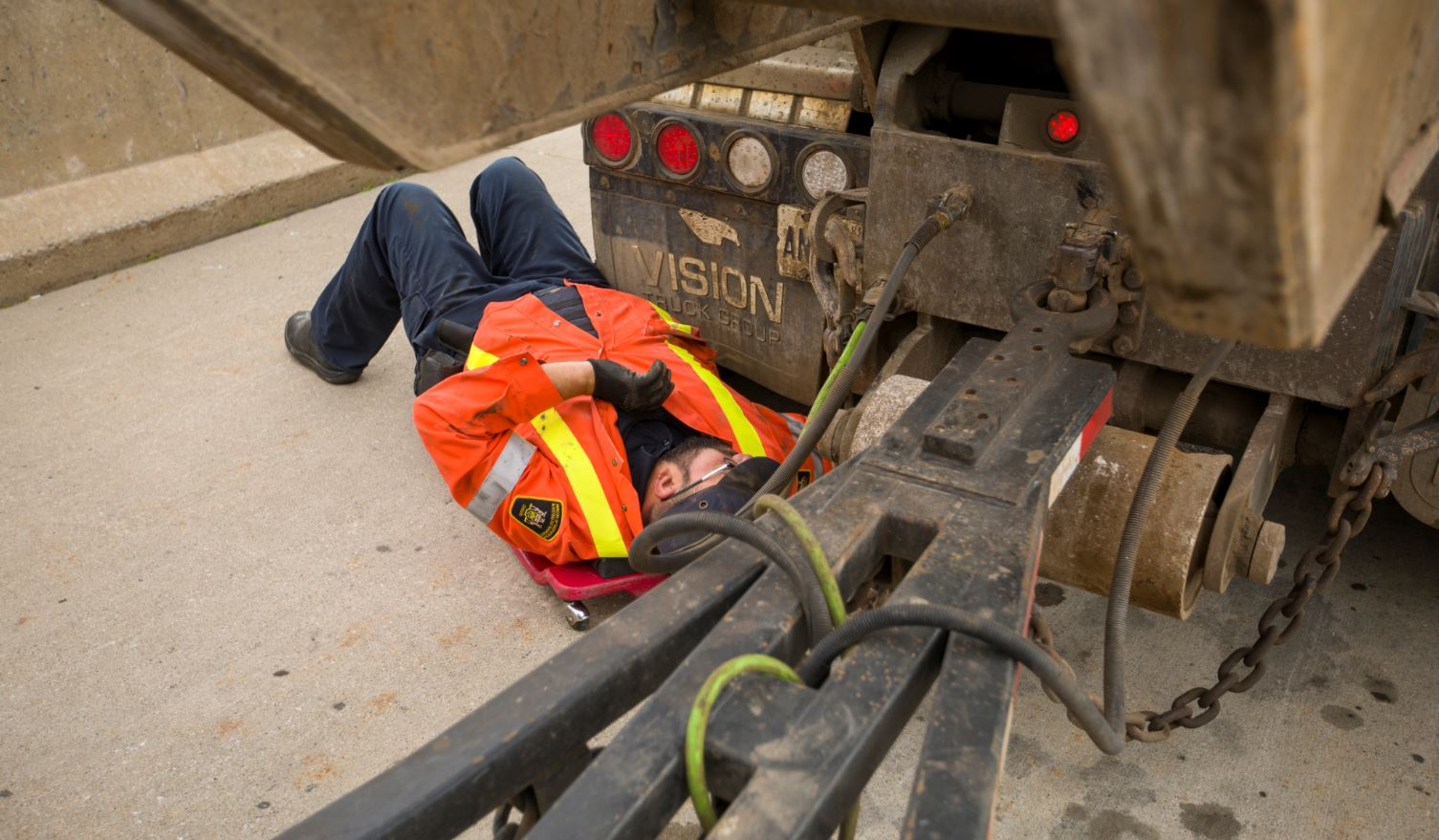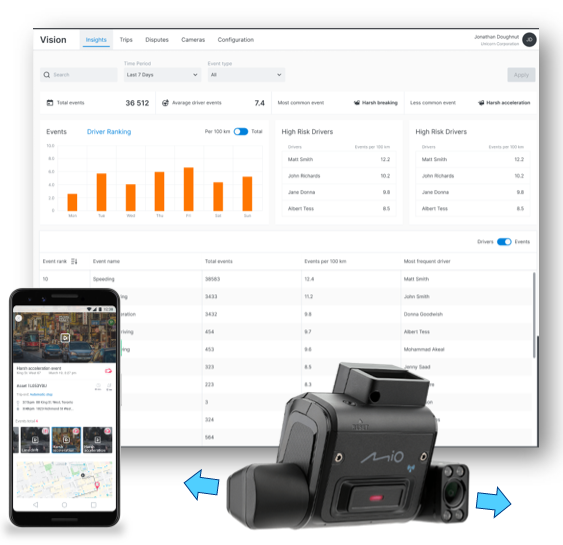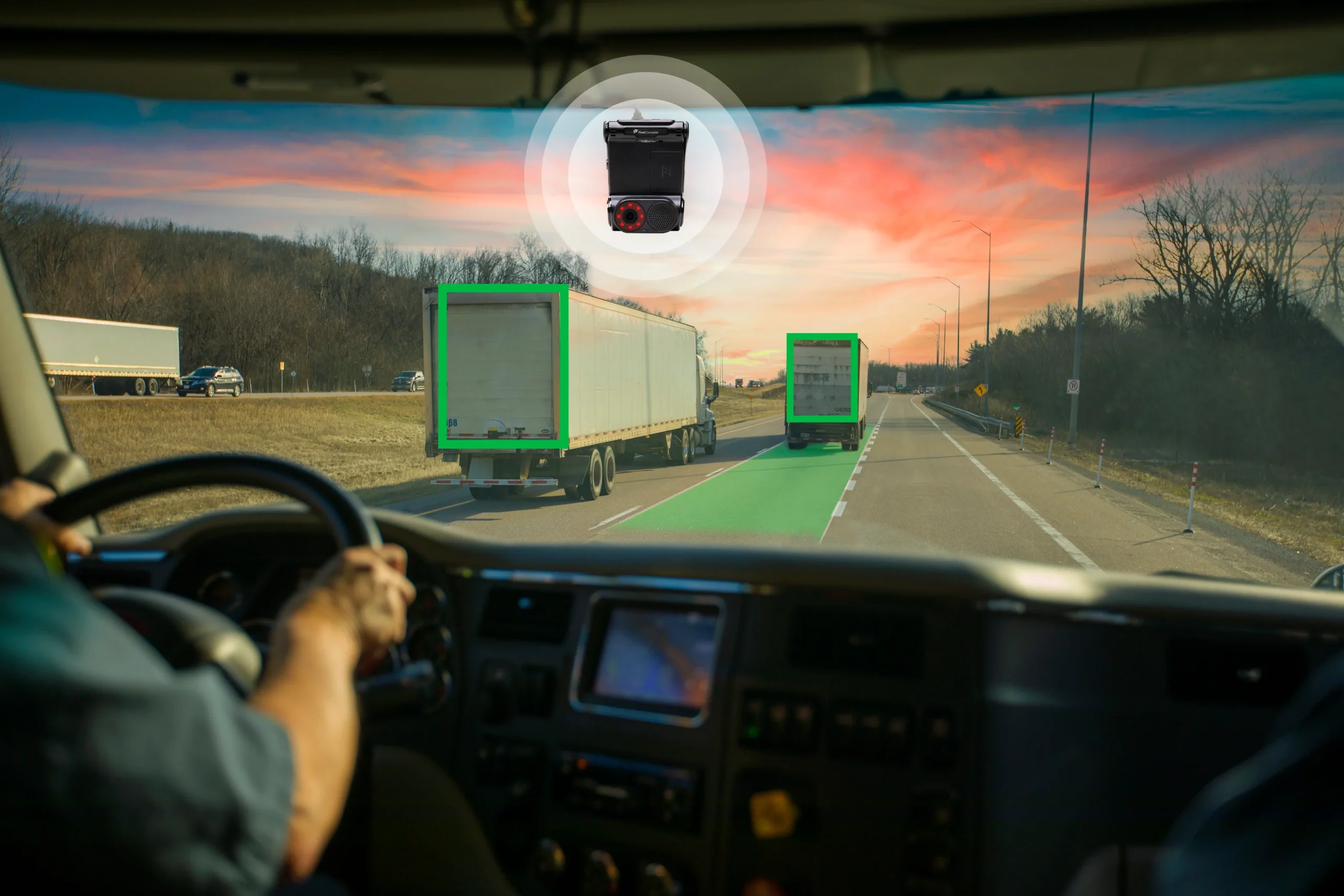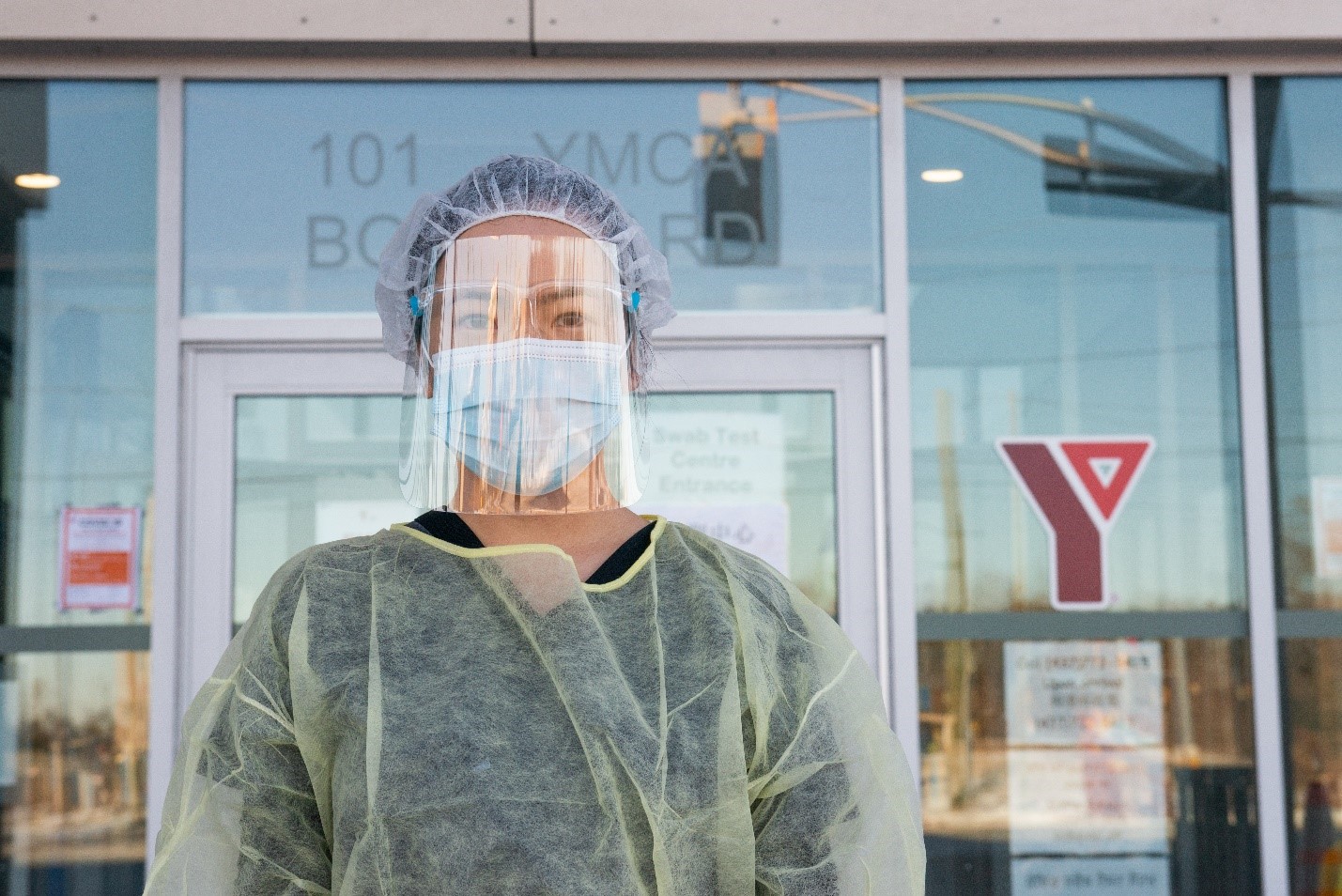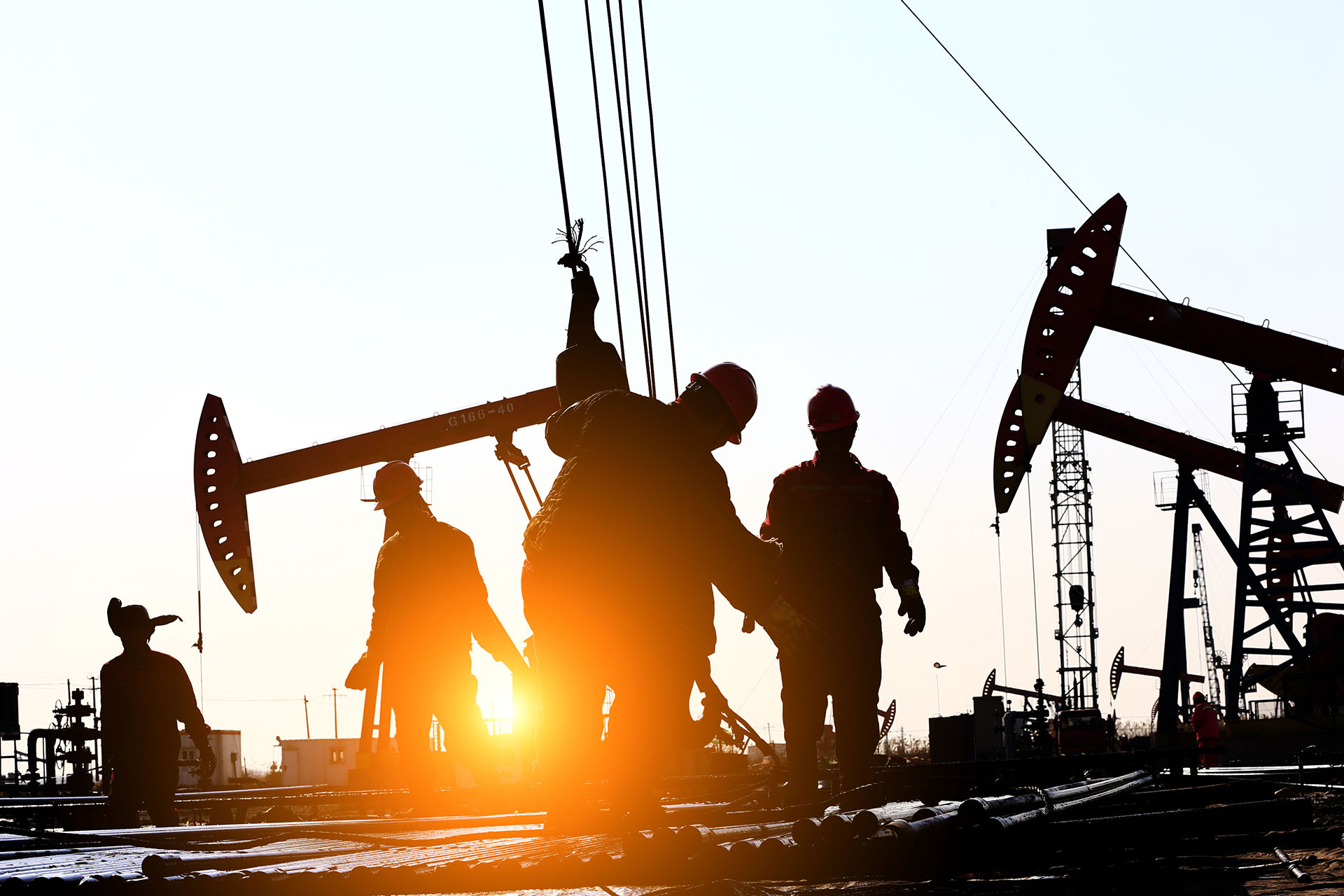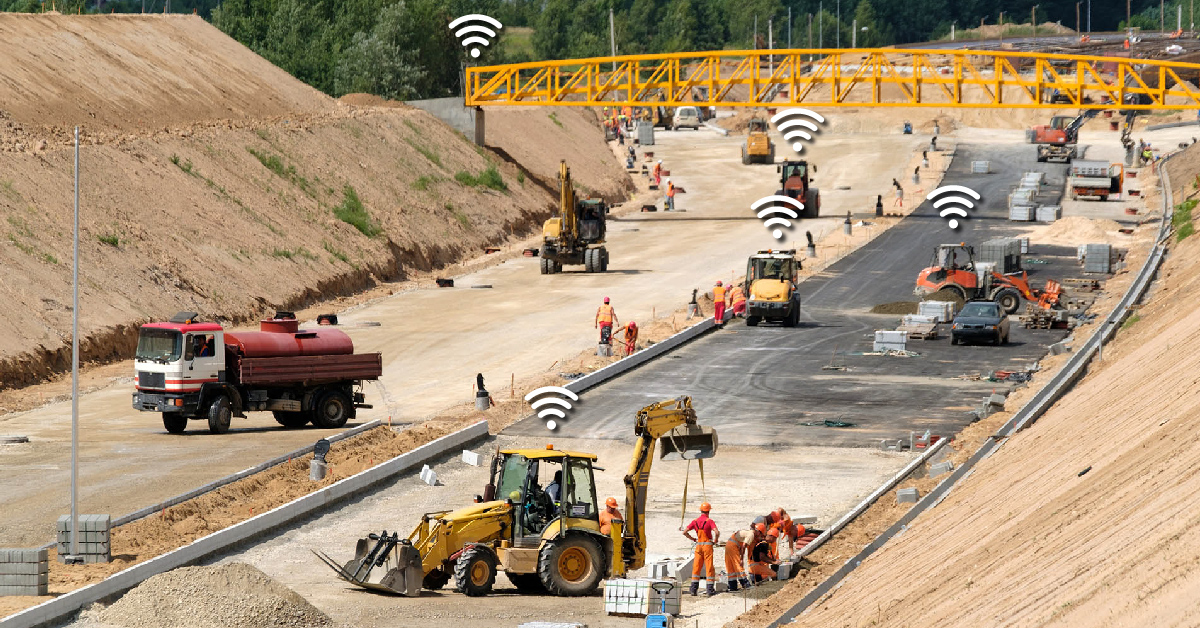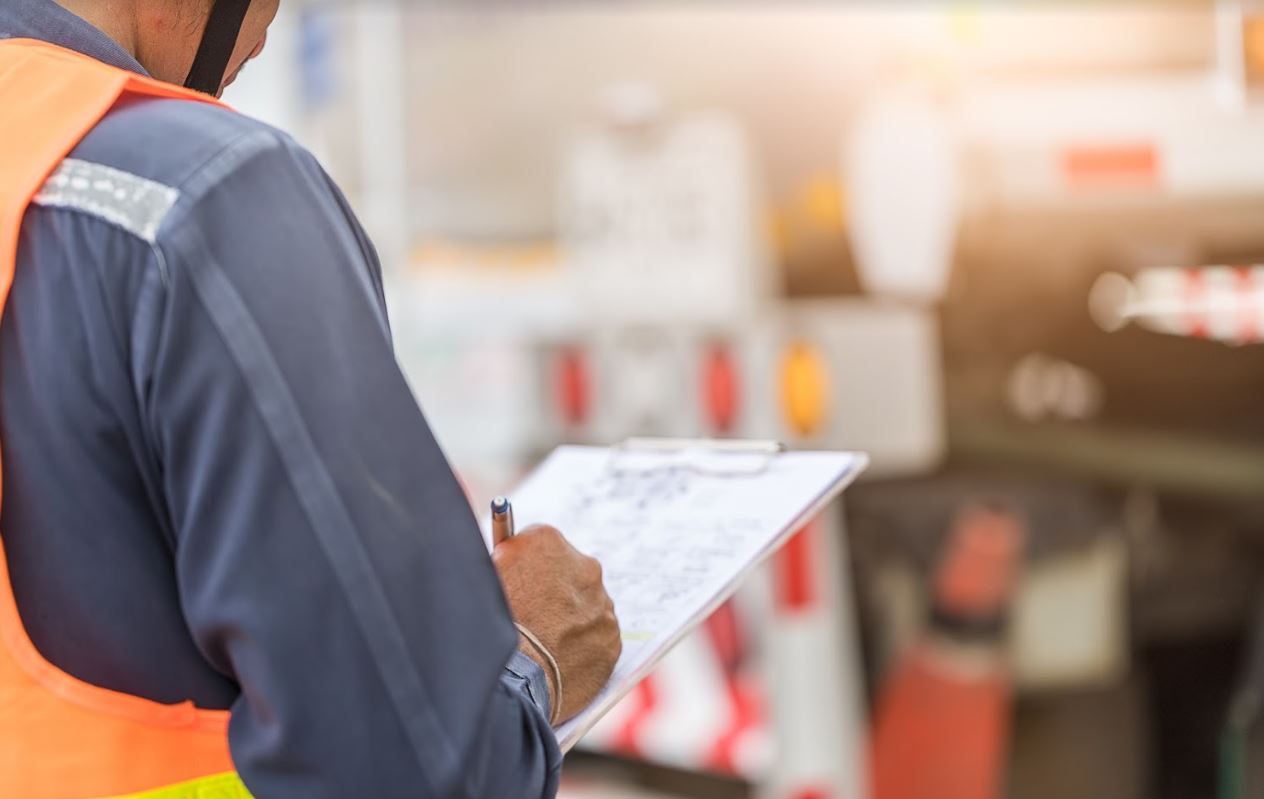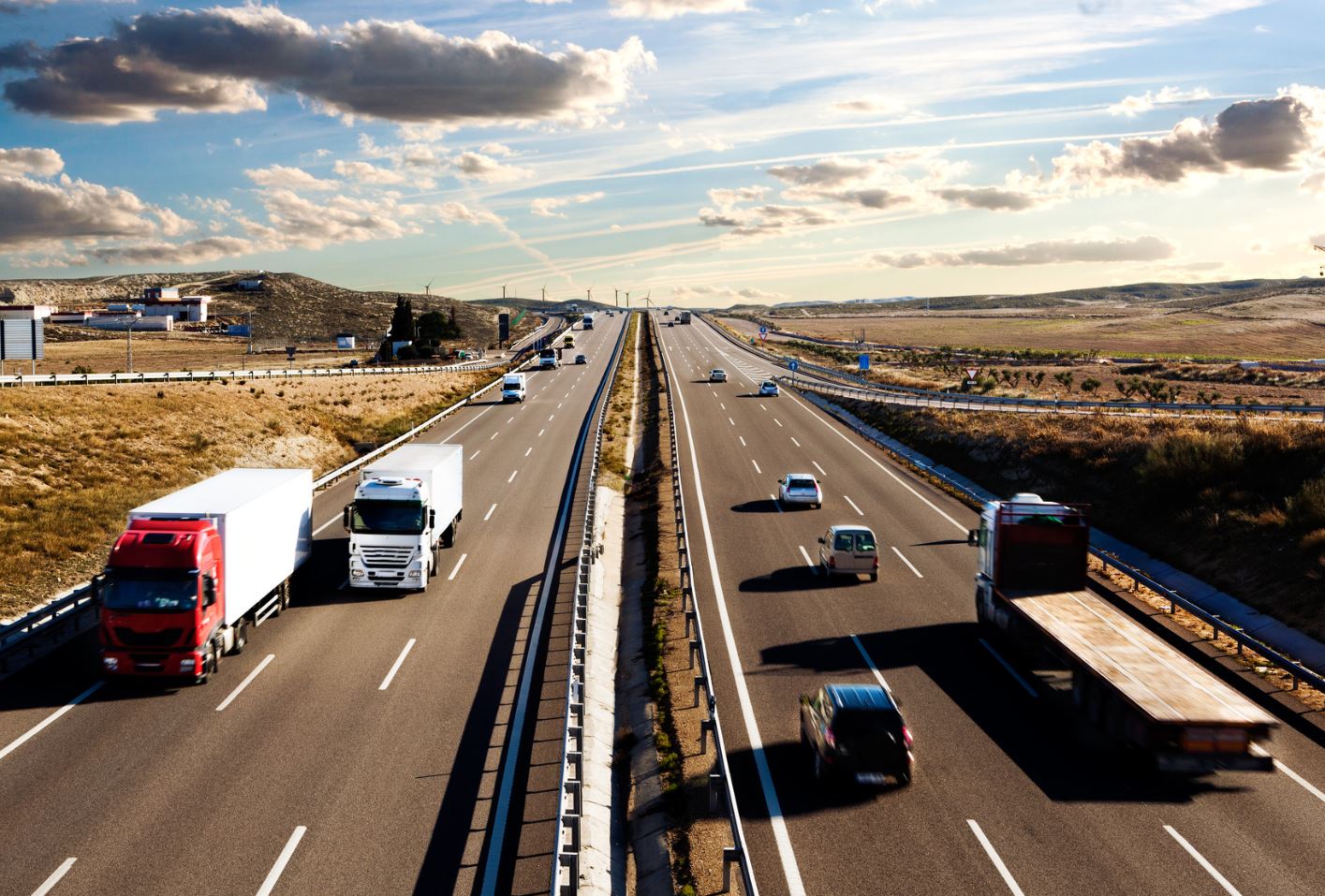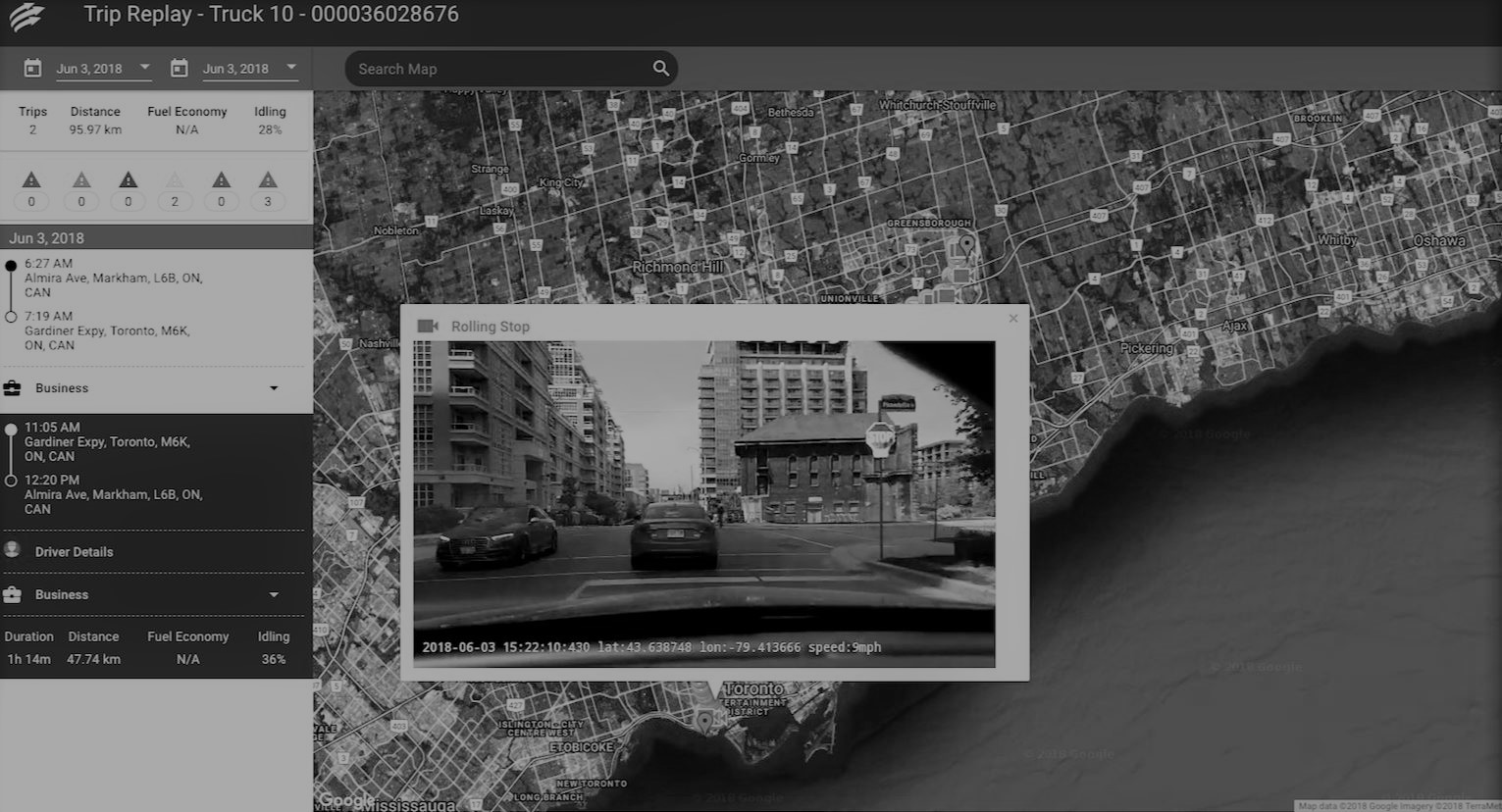Warehouses are essential components of the supply chain, but they can be hazardous environments without proper safety protocols.
With heavy machinery, high shelving, moving vehicles, and constant activity, implementing comprehensive safety measures is crucial for protecting workers and maintaining productivity.
The State of Warehouse Safety: Key Statistics
Warehouse work remains one of the more hazardous occupations in the United States:
- According to the Bureau of Labor Statistics (BLS), the warehousing and storage industry experienced 4.7 recordable injuries per 100 full-time workers in 2023, significantly higher than the national average of 2.7 across all industries.
- The report above also shows 28 fatalities in warehouses across the USA in 2023.
- Approximately 25% of all industrial accidents occur at the loading dock, one of the most dangerous areas in any warehouse.
- Forklift accidents cause roughly 85 deaths and 34,900 serious injuries annually in the United States.
Creating Safer Warehouses With Training and Technology
The warehouse safety tips outlined below will ensure that your warehouse employees are kept safe during work, reducing sick days and injuries and increasing productivity.
Comprehensive Warehouse Training Programs
Creating safer warehouses starts with training on warehouse equipment and occupational safety. Companies that train workers on warehouse safety hazards and correct working procedures saw a 50% decrease in workplace injuries over three years and a 55% improvement in compliance with safety procedures.
Key elements of effective training programs:
- Equipment-specific training and certification (forklifts, pallet jacks, order pickers)
- Hazardous materials handling procedures
- Emergency response protocols
- Proper lifting techniques and ergonomics
- Recognition of potential hazards
Warehouse safety training should be ongoing, with regular refresher courses and updates when new equipment or procedures are introduced to underline all safety risks.
Personal Protective Equipment (PPE)
According to OSHA, all warehouse workers are required to wear proper PPE in warehouse environments and employers must provide all PPE needed:
- Hard hats in areas with overhead hazards
- Steel-toed safety boots
- High-visibility vests or clothing
- Back braces for lifting tasks
- Eye protection when needed
- Appropriate gloves for specific tasks
- Hearing protection in noisy areas
Enforce a strict policy requiring appropriate PPE for specific tasks and areas. Regularly inspect equipment for damage and replace it as needed.
Traffic Management and Floor Safety
Warehouse floors are busy with both pedestrian and vehicle traffic, creating significant hazards.
Traffic management best practices:
- Clearly mark pedestrian walkways and vehicle lanes with high-visibility floor tape or paint
- Install convex mirrors at blind corners
- Establish one-way traffic patterns where possible
- Set and enforce speed limits for powered industrial trucks
- Require audible signals when vehicles approach intersections or doorways
- Keep floors clean, dry, and free of obstacles
- Mark changes in elevation and potential trip hazards with warning signs and high-visibility tape
Our in-warehouse fleet management solutions take traffic management and overall warehouse safety to the next level. They offer 360-degree visibility of your warehouse, helping you manage key safety and compliance challenges. With real-time monitoring, automated reports and predictive insights, our in-warehouse telematics are designed to help you make warehouse hazards a thing of the past.
Loading Dock Safety
As mentioned earlier, loading docks account for approximately 25% of all warehouse accidents. To keep warehouse workers safe on loading docks, key safety measures must be put in place.
Loading dock safety measures:
- Install vehicle restraint systems to prevent trailer separation from the dock
- Use wheel chocks in addition to restraint systems
- Ensure proper lighting in and around loading areas
- Install dock levelers to accommodate different trailer heights
- Use dock seals or shelters to protect from weather elements
- Train employees on safe loading/unloading procedures
- Mark edges clearly with high-visibility paint or tape
- Install guardrails or barriers when docks are not in use
Fire Safety and Emergency Preparedness
Warehouses often contain combustible materials and potential fire hazards. Not to mention electrical hazards that can cause fires.
Fire safety and emergency measures:
- Install appropriate fire detection and suppression systems
- Maintain clear access to fire extinguishers and emergency exits
- Conduct regular fire drills and emergency evacuation exercises
- Train employees on fire extinguisher use and emergency protocols
- Create a detailed emergency action plan
- Post-evacuation routes throughout the facility
- Ensure proper storage of flammable materials
- Designate and train emergency response team members
Specific Safety Procedures for Common Warehouse Tasks
Your safety culture and employee training must include education on common warehouse tasks, including:
Safe Lifting and Manual Handling
Musculoskeletal injuries are common in warehouses. Proper lifting techniques include:
- Assess the load before lifting
- Get help or use mechanical aids for heavy items
- Keep the load close to your body
- Bend at the knees, not the waist
- Avoid twisting while lifting
- Take breaks when performing repetitive lifting tasks
Forklift Operation
Forklifts require specific safety procedures:
- Always wear seatbelts
- Keep loads stable and secure
- Travel with loads low to the ground
- Sound horn at intersections and blind corners
- Maintain a clear view of the travel path
- Never allow passengers on forklifts
- Park with forks lowered and parking brake engaged
- Follow capacity limits
Our forklift telematics puts safety at the forefront of what you do in your warehouse. With the following features built-in, your workers will be safer than ever.
Forklift Gateway
This integrates additional sensors onto your forklifts, as well as, cameras and telematics that keep operators accountable and vehicles performing optimally. So along with additional safety, it can also help with repairs, servicing and maintenance to keep your forklifts working at their best.
Forklift speed manager
This is an event-based, automatic speed control system. It automatically reduces the speed of a vehicle in risky conditions or in particular areas – keeping workers and operators safe.
Pedestrian Proximity Detection
Helps to prevent accidents with pedestrians using automatic object detection to alert the operator to potential hazards and danger.
Working at Heights
When working on elevated platforms or order pickers:
- Always use fall protection equipment
- Inspect ladders before use
- Secure access to elevated areas
- Never overreach when on ladders or platforms
- Use proper climbing techniques (three points of contact)
- Never stand on the top steps of ladders
PPE Usage
- Safety shoes and high-visibility jackets must be worn at all times
- Safety glasses and hard hats must be worn in hazardous environments
Compliance with Regulations and Standards
Ensure your warehouse meets all applicable regulations:
- OSHA standards for warehousing (29 CFR 1910)
- National Fire Protection Association (NFPA) codes
- Local building and fire codes
- Industry-specific standards and best practices
Regular compliance audits can help identify areas needing improvement and improve workplace safety.
The Business Case for Warehouse Safety
Beyond the ethical imperative to protect workers, warehouse safety makes strong business sense. It can reduce workers’ compensation costs, lower insurance premiums, and improve productivity and efficiency.
- Reduced workers’ compensation costs
- Lower insurance premiums
- Improved productivity and efficiency
- Reduced turnover and better employee morale
- Avoided OSHA penalties and citations
- Enhanced reputation with customers and the community
A study by OSHA found that for every dollar invested in safety, companies receive an average ROI of $4 to $6. So, investing in the right safety training and technology can make your business more profitable and safer for your workers.
In Conclusion
Creating a safe warehouse environment requires commitment from management, active participation from employees, and systems that consistently reinforce safe practices. By implementing the best practices outlined in this guide, warehouse operations can significantly reduce injuries while improving productivity and efficiency.
Safety is not a one-time initiative but an ongoing process of continuous improvement. Regular training, consistent enforcement of safety rules, and a genuine culture of safety will ensure that your warehouse remains both safe and productive.
To learn more about how our in-warehouse telematics systems can help with warehouse safety, request a demo.
Manage your fleet with Fleet Complete
Running an efficient fleet is no easy task – why not alleviate some of the pressures with a reliable fleet management system? Fleet Complete gives you complete control of your business fleet operations, driver, and vehicle safety and compliance to increase operational efficiency and help you keep things running smoothly. Get in touch with our team today to get started.





